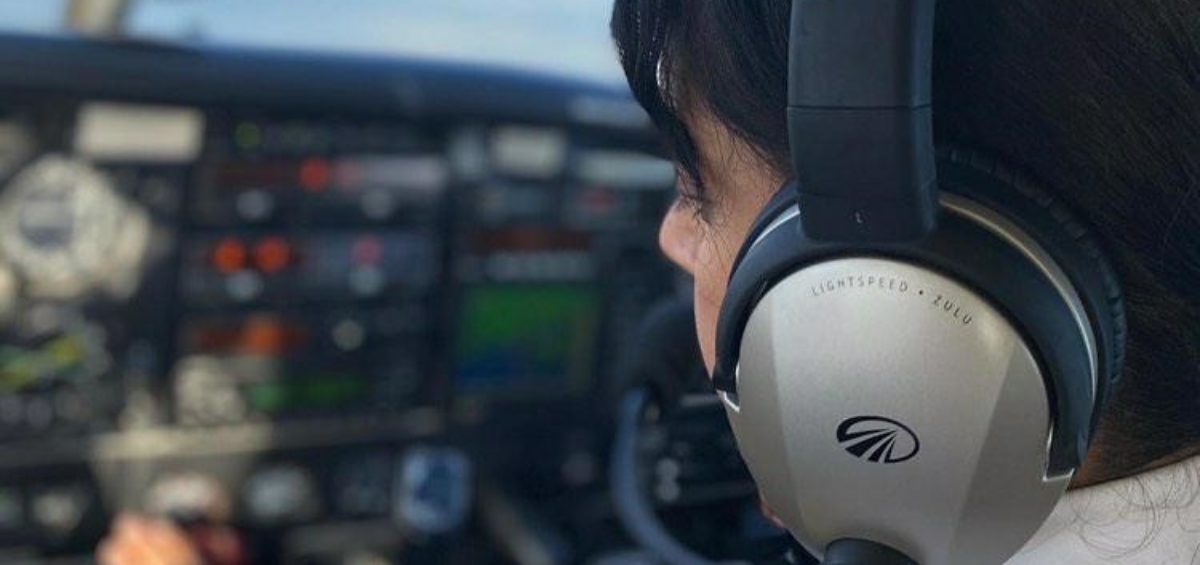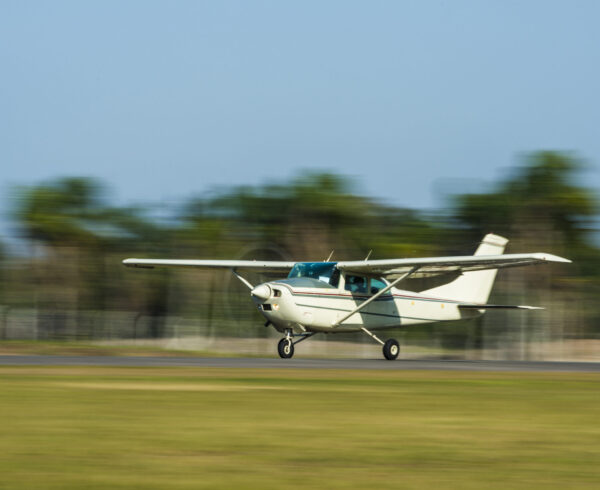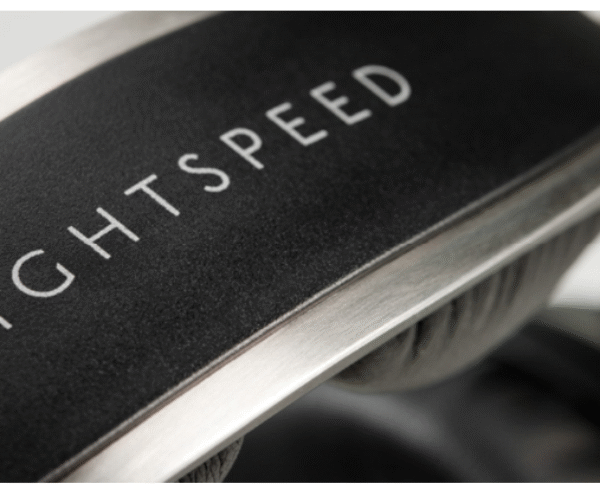The relative quietness of a premium Active Noise Reduction (ANR) headset in today’s market is undisputed. But how much does ANR really reduce noise versus passive noise reduction (PNR). Can we point to a number that shows exactly how much more ANR protects our hearing and justifies the extra cost over PNR? The short answer is that we can’t point to just one number because the noise reduction from ANR is much more sophisticated than what PNR provides. The longer answer is that in addition to protecting hearing, the more advanced noise reduction from ANR makes for a safer, healthier flying experience.
How Noise Reduction Ratings (NRR) Are Calculated
Decades ago, the U.S. Occupation Health and Safety Administration (OSHA) established safety standards for noise in the workplace: employers are to protect workers from noise exposure at or above 85 decibels averaged over eight working hours (dBA). To measure the effectiveness of noise protection gear, OHSA established a standard measurement called Noise Reduction Rating (NRR). NRR ratings involve a complicated set of measurements over eight specific frequencies from 125hz to 8,000hz, using a logarithmic weighting schedule to adjust for the damaging nature of that spectrum of noise. The measurements are made with and without the noise reduction mechanism, and a formula is applied to calculate an NRR between zero (no noise reduction) and 33. NRR protection of 28 or higher is recommended for environments with loud, high frequency noises such as a machine shop, sawmill, or an indoor shooting range. The important thing to realize about NRR is that it is a measure of passive noise reduction: the ability to block sound.
The Mechanisms of Passive vs. Active Noise Reduction
Noise reduction (also called “attenuation”) in PNR vs. ANR headsets is an apples-to-oranges comparison because the technologies are so fundamentally different. Passive noise reduction is achieved by creating an isolating cavity around your ears, formed by ‘cups’ that have ear seals to block the noise. The three largest drivers of isolation are the cavity volume and mass of the cup around your ear canal and the performance of the ear seals. The mass and rigidity of the cups blocks more sound, just like a cement wall stops more sound than a wood-framed one. More volume inside the cup allows the vibrations transmitted into the cup to dissipate and disperse before reaching your ear canal, while the tighter the ear seal, the less sound makes it inside the cup.
Active noise reduction headsets don’t just block noise, they actually cancel it out…effectively eliminating selected frequencies of noise within the ear cup. A microphone inside the ear cup measures the noise inside, a processor calculates the sound wave needed to cancel out that noise, and an ‘anti-noise’ signal wave is generated that is specifically 180 degrees out of phase from the sound wave inside. The peaks of existing noise sum with the ‘valleys’ of the anti-noise signal to reduce (cancel) that element of sound. Because there is a slight delay to measure, calculate, and send the cancelling wave, ANR blocks constant noise such as the engine rumble in an aircraft more completely than intermittent, impulse noises like a rifle shot.
Because the electronics in an ANR headset are inside the ear cup, they typically reduce the acoustic volume inside the cup and, hence, its passive noise reduction. However, the active noise reduction and the remaining passive reduction from the ear cup are additive, providing superior noise reduction overall. And there are multiple other benefits to ANR:
- Since ANR headsets reduce the loudest levels of the dominant engine and propeller noises, the pilot is able to distinguish unusual noises from the aircraft.
- The low-frequency noises in a cockpit can significantly interfere with a pilot’s ability to accurately hear audio communications. By cancelling those low frequencies, ANR will improve your ability to understand ATC.
- Because ANR headsets don’t depend on just the size, mass, and seal of the ear cups for noise-cancelling, they typically are lighter, less bulky, and more comfortable to wear.
- Since these headsets are powered (via batteries or a panel connection), ANR headsets offer additional integrated features such as Bluetooth connection, music amplification, and automatic muting of music for incoming comms, etc.
Rating PNR vs. ANR
Calculating NRR ratings for PNR headsets is fairly straightforward. In a nutshell, the sounds are measured at the various frequencies by microphones outside of and inside the ear “cup,” and the decibel levels are compared to calculate the NRR rating. A good PNR headset could get a rating of 22-24 NRR, plenty enough protection for a GA aircraft cockpit.
Measuring the noise reduction of ANR headsets is much more complex. First, we know that passive attenuation (NRR) will be reduced simply because the electronics reduce the acoustic cup volume inside the ear cup.
David Clark is the only headset maker that publishes NRR test results, and only for their PNR products. ANR headset makers don’t tell us their passive NRR because it’s misleading. If you measure passive noise reduction alone, ANR will come in below PNR, BUT that NRR number doesn’t come close to reflecting the quiet that the pilot will actually experience with an ANR headset. The effects of ANR are VERY noticeable.
Asking the Right Questions
The bottom line here is that choosing a headset shouldn’t start with NRR ratings. The first question you have to ask yourself is whether you want PNR or ANR. PNR headsets generally cost less, but the quiet, hearing accuracy, comfort, and features won’t be comparable to ANR. If PNR is what fits your needs and budget, then NRR ratings will be helpful in choosing a product.
If you want an ANR headset, NRR ratings likely won’t be available, and they wouldn’t help you if they were. Instead, you’ll need to consider other factors, starting with the effectiveness of the ANR.















Leave a Comment